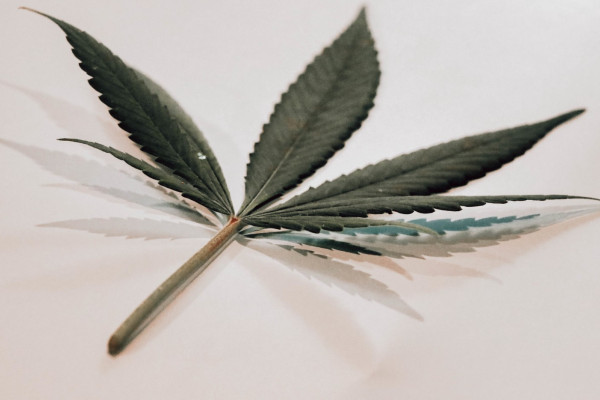0.00 грн.
Checkout
Many marijuana strains on the market today are the result of random mutation. We are not talking about modifications of plants intentionally cultivated by producers, but about genetic forms that surprise even breeders. Here are the most unusual types of cannabis mutations that occur spontaneously and sometimes lead to great plant potential.
Variegation is actually albinism in cannabis, when its leaves turn completely or partially white. A genetic change in a plant occurs because it is unable to produce chlorophyll. Bleached hemp has lower yields because the reduced ability to photosynthesize means slower growth.
This strain is called Ducksfoot because the structure of the marijuana leaves resembles the feet of a duck or other waterfowl. This strange mutation is the result of a recessive gene. In most cases, leaves of this shape are observed in sativa varieties, but they can also be found in indica varieties.
A fairly common mutation. A normal cannabis plant has two leaves located opposite each other (that is, opposite), which emerge from one node. When a cannabis mutation occurs, there are three leaves per node. Thanks to this, each node has an additional branch, which makes the bush dense. Additionally, it may have the potential to produce larger yields.
Commonly found in large tropical varieties of cannabis that grow in humid climates. Instead of one central stem, large, heavy lower branches grow that bend and touch the ground. When they feel contact with the substrate, they move further along it and take root. The additional roots add vitality to the plant.
Normally, marijuana flowers grow from where the leaf petioles come from. However, there are genetic mutations of cannabis, when the growth of buds and, accordingly, inflorescences occurs not from the nodes, but from the stems of the leaves, where their scutes begin. Many growers believe that this has an important advantage - additional buds. However, it is better to remove such leaves, since the buds formed in this case are very small and take away the nutrients that real buds need for healthy development.
With this mutation, flower calyxes do not grow in groups, but along the stems. They are difficult to harvest and produce little yield. The cluster tendency is particularly common in Cannabis Sativa of South Asian or South American origin. Ordinary varieties bloom for a very long time and have hermaphroditic flowers, but thanks to their aroma and unique appearance, they have won a large number of fans.
Another mutation occurs in hemp when two shoots are born from a seed. This symptom is considered very unusual, since the potential of two plants at once appears, but only if you take good care of them. Otherwise, the stronger sprout will take all the nutrients, and the weaker one will “starve” all the time.
If this happens, the breeder removes the seed coat and separates the “doubles”, and then plants them separately in the ground so that they grow healthy. Once both cannabis plants become larger, genetic observations can be made on them. It happened that seeds produced “triplets”, that is, three sprouts were produced from the seed. This is even more amazing than double sprouts.
This mutation was discovered in the 80s in Sydney (Australia). It occurred as a result of a marijuana breeding experiment. The growers took a cannabis plant with a different mutation—a small, bushy, weed-like plant with leaves less than 2 inches tall—then crossed it with another strain to produce a more vigorous plant.
During this process, they observed a strange behavior of the hemp: it twisted around itself like a grapevine. Sometimes it happened that the branches first grew up the stem, and then descended to the ground and began to send out new roots into the ground.
Knowing how cannabis can mutate is extremely important for any grower. Observing mutations is very interesting because they often occur spontaneously, but sometimes with a pleasant “surprise”.
You can order original hemp seeds for legal purposes (germination is prohibited in Ukraine) in our Coffeeshop online store. We offer a wide variety of marijuana seeds and accessories.